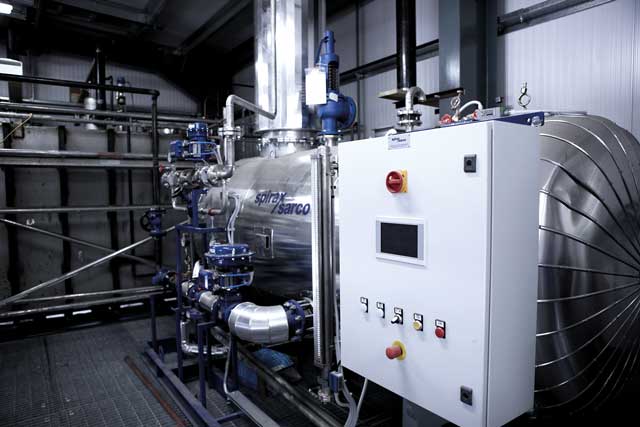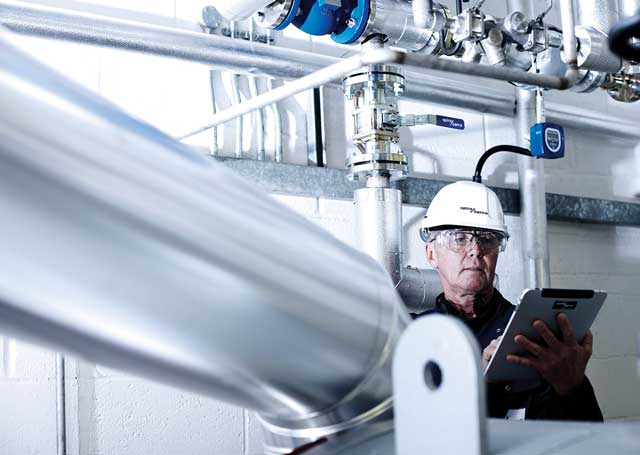
Hazard analysis critical control points (HACCP) is a familiar term in the food and beverage industry. Less familiar is the idea that plant operators should include steam in their HACCP-based approach, says Francisco Pedrosa, regional clean steam specialist at Spirax Sarco.
For food and beverage manufacturers, the active management of quality and safety is already of paramount importance. Preventing contaminants from entering the production process is the central aim of those following a HACCP-based approach. However, though HACCP may be second nature to plant operators, it remains easy to neglect steam as a conduit through which contaminants could be introduced into the food processing chain – exposing the end product to the risk of contamination.
Manufacturing quality
Steam is as much a key ingredient in the production of the product as the eggs, the sugar, or the milk. It is important, therefore, to remember that using the right grade of steam in the plant will have an impact on the quality of your product.
Steam will have passed through a fine stainless-steel filter, typically of five microns in size. Despite this, the potential risk both of particulate contamination like rust, scale and other pipe debris, and chemical contamination – from boiler chemicals or cross-contamination from other sources, such as cleaning-in-place chemicals – still remains. Stainless steel filters are not designed to remove suspended water droplets in the steam, so they could find their way through, leading to possible contamination. European regulations state that “steam used directly in contact with food is not to contain any substance that presents a hazard to health or is likely to contaminate food” (Regulation 852/2004 on the hygiene of foodstuffs).
Keep it clean
Plant managers questioning the alternatives could find benefits from using clean steam as a way of overcoming the contamination risks associated with filtered or culinary steam. Clean steam – though not mandatory in food and beverage manufacturing – is the highest grade of steam and is used as standard in a range of quality-critical processes by many food manufacturers to make sure that the quality of their products is not compromised.
To produce clean steam, a secondary generator is used which allows for the control of feedwater quality, eliminating the risk of water treatment chemical contamination. Managers of food production lines already have a sharp eye for quality and safety procedures. Introducing clean steam into your plant can give you total assurance in improving quality standards, making it a great deal easier to tick the HACCP box.
Taking the next step
Often I find myself speaking to plant operators at food processing plants who know that they should be including steam in their HACCP approach, but lack the knowledge to do so. By making use of a “walk the plant” audit, plant operators can find and explore new ways of improving the quality of food and beverage products by assessing the role of steam in the manufacturing process. This is increasingly a requirement from major retailers, who are also responsible for the safety and quality of the products they sell.
The inclusion of steam in a HACCP approach will help you to ensure that the management of steam quality is at the core of your operation.

David Fowler adds: Hazard analysis and critical control points, or HACCP, is a systematic preventive approach to food safety from biological, chemical, and physical hazards in production processes that can cause the finished product to be unsafe, and designs measures to reduce these risks to a safe level. HACCP attempts to avoid hazards rather than attempting to inspect finished products for the effects of those hazards. The HACCP system can be used at all stages of a food chain, from food production and preparation processes including packaging, distribution, and so on.
Download the quick-start guide here:
www.spiraxsarco.com/global/uk/News/Pages/Your-quick-start-guide-to-including-your-steam-system-in-your-HACCP.aspx

